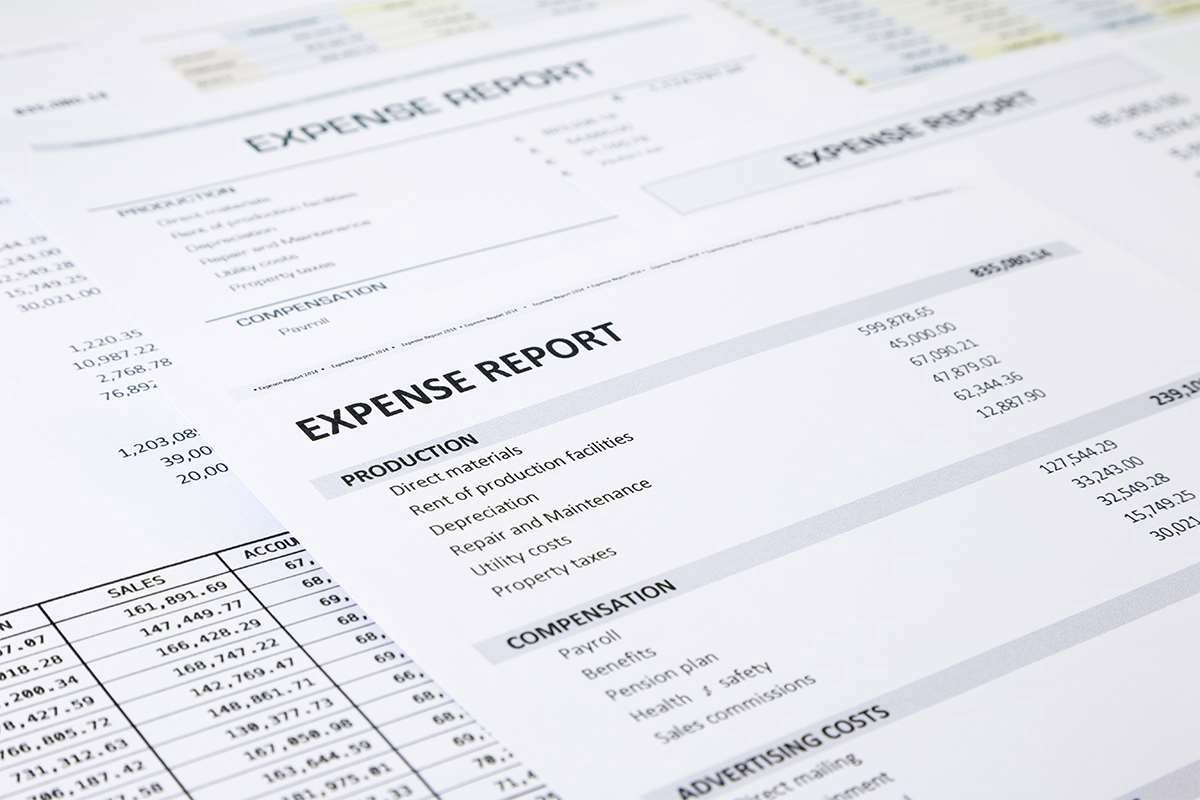
If it has substantial cash reserves, it may have enough cash to rapidly scale up the business. Conversely, a tight working capital situation makes it quite unlikely that a business has the financial means to accelerate its rate of growth. In other words, a company’s ability to meet short-term financial obligations. In other words, a company that does not intelligently deploy its capital is potentially doing a disservice to itself and its shareholders. Extremely high net working capital may also mean the company is overly invested in inventory, or that it’s slow to collect on debts, which may indicate waning sales and/or operational inefficiencies.
With accounts payables, a positive net working capital allows a business to comfortably meet all their short-term liabilities. This can help to establish a strong relationship with vendors and potentially negotiate better terms in the future. Working capital refers to the difference between current assets and current liabilities, so this equation involves subtraction. The net working capital ratio, meanwhile, is a comparison of the two terms and involves dividing them. Net working capital (NWC) is also referred to as working capital and is a way to measure a company’s ability to pay off short-term liabilities.
Add Up Current Liabilities
It can be influenced by how the company conducts business with its suppliers, vendors, and customers. In addition, the company’s obligations, such as wages, taxes, and bonus accruals, among others, also impact the working capital. Overstocking leads to increased holding costs and the risk of goods becoming obsolete. On the other hand, understocking can result in lost sales and customer dissatisfaction.
- Working capital refers to the difference between current assets and current liabilities, so this equation involves subtraction.
- Similarly, the mortgage payable is not considered a current liability—the remaining current liabilities equal 180.
- The amount of a company’s working capital changes over time as a result of different operational situations.
- Companies with a proactive approach to managing their working capital ensure optimal use of their resources.
- Net working capital is most helpful when it’s used to compare how the figure changes over time, so you can establish a trend in your business’s liquidity and see if it’s improving or declining.
- Another options is to be more active in collecting outstanding accounts receivable, though there is a risk of annoying customers when collection activities are overly aggressive.
- The net working capital ratio measures a business’s ability to pay off its current liabilities with its current assets.
Since the growth in operating liabilities is outpacing the growth in operating assets, we’d reasonably expect the change in NWC to be positive. Effectively managing both inventory and accounts receivable can lead to positive net working capital, thus promoting sustainability within the financial structure of the company. Net working capital represents the short-term liquidity available to a business. It’s an important factor to consider when assessing a company’s value because it reveals whether a company has enough resources to meet its short-term obligations. In the final part of our exercise, we’ll calculate how the company’s net working capital (NWC) impacted its free cash flow (FCF), which is determined by the change in NWC.
Cash Flow Improvement Through Effective Management
If a company’s change in NWC has increased year-over-year (YoY), this implies that either its operating assets have grown and/or its operating liabilities have declined from the preceding period. A high working capital ratio is not always a good thing for business. This indicates the business has too many inventories and is struggling to sell those. It may also indicate the business takes a long time to convert its accounts receivables into cash. It also represents you have extra cash that you should invest in other areas of business. Holding extra by not investing is not a smart decision of your money.
In essence, the manner in which a company manages its Net Working Capital can either bolster or deter its CSR initiatives. By managing its resources efficiently, ensuring ethical treatment of suppliers, and exhibiting fiscal responsibility, a company can portray itself as a true corporate citizen. In essence, effective Net Working Capital management aids in maintaining business continuity and preventing insolvency.
When Working Capital Can Be Negative
Negative working capital is closely tied to the current ratio, which is calculated as a company’s current assets divided by its current liabilities. If a current ratio is less than 1, the current liabilities exceed the current assets and the working capital is negative. Now, say for example your company has a short-term loan of INR 15,000, accounts payable of INR 8,000, and accrued liabilities of INR 4,000.
- Other common liabilities that businesses often face include accrued wages for employee compensation, sales taxes, and interest payable on debts.
- Net working capital can also be used to estimate the ability of a company to grow quickly.
- In conclusion, net working capital has profound impacts on business operations.
- Current assets typically include cash, marketable securities, accounts receivable, inventory, and prepaid expenses.
- Also known as the Acid-Test ratio, Quick Ratio is a stricter measure of a company’s short-term liquidity compared to Current Ratio.
- Depending on the situation, they may report net working capital as frequently as every day.
- NWC is frequently used by accountants and business owners to swiftly evaluate the financial standing of a firm at any time.
It calculates the ability of a firm to use its cash or near-cash assets to extinguish or retire its current liabilities immediately. The quick ratio subtracts inventory from current assets before dividing by current liabilities, since inventories are not as readily convertible into cash. Similar to the Current nwc meaning Ratio, a higher Quick Ratio signals better financial health of the firm. One of the most important distinctions to make when calculating this metric is the difference between current (short-term) and long-term assets and liabilities. Liabilities and assets can all be located on a company’s balance sheet.